PNW foragers find boletes to be one of the best groups of mushrooms for the table. Foragers enjoy their superior texture, size, ease of identification, and reduced risk of eating a toxic species.
One can find many edible boletes near cities like Seattle, Vancouver and Portland but boletes fruit in greater abundance in the forests throughout Washington, Oregon, and BC. There are many bolete species however foragers focus on only a small number of them
What is a bolete?
There are a few ways that a mushroom might be categorized as a bolete. The most commonly used characteristic is a spongy, porous underside of the cap that can be removed easily from the rest of the flesh.
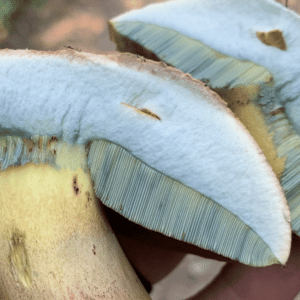
Another group of mushrooms known as polypores also have pores however these cannot be easily removed from the flesh. Polypores are typically more leathery or woody than the fleshy boletes
When can you find boletes in Washington and Oregon?
Boletes are fruit most abundantly in the fall with the return of the autumn rains. Boletes begin to show up in the warmer spring months and will increase in abundance until late fall as snow returns to the mountains. Late summer rains in the mountains can lead to large flushes of king boletes.
The varied elevations and microclimates throughout the Pacific Northwest create opportunities to find boletes from spring through the fall.
What kinds of boletes can be found in Washington and Oregon?
There are well over 100 unique bolete species in Oregon, Washington, and British Columbia. Here are some of the characteristics that are most useful for identification
CAP TEXTURE: viscid, slimy, sticky, fuzzy, bumpy, or cracked
PORES: size, color, bruising when damaged
STEM: reticulations, scabers, ring, color
TASTE: mild, bitter, pepper, lemon
Bolete Taxonomy and Groupings
A brief overview on bolete groupings and their family structure
Boletus edulis
King Bolete
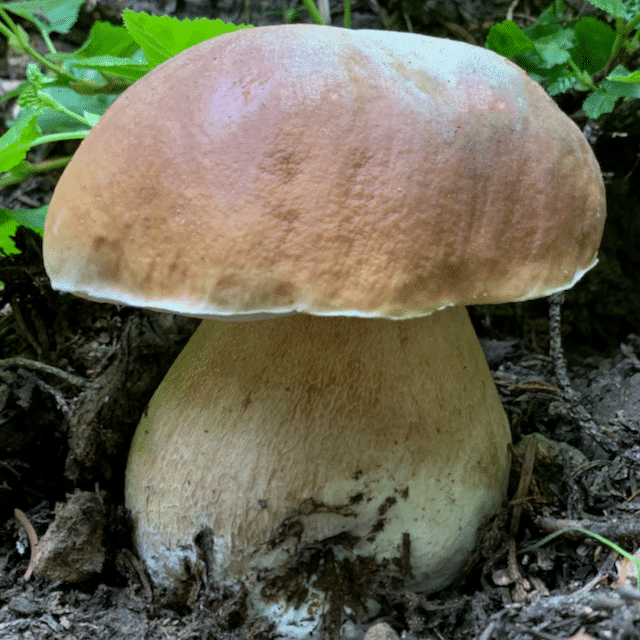
Boletus rex-veris
Spring King Bolete
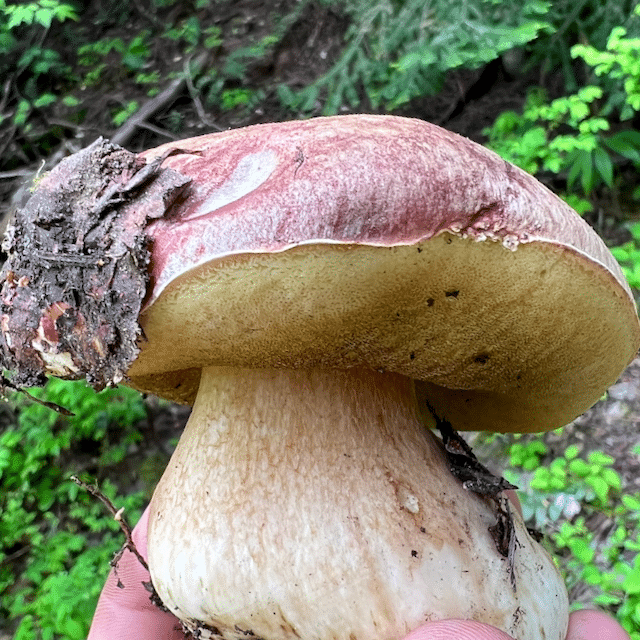
Boletus smithii
Smith’s Bolete
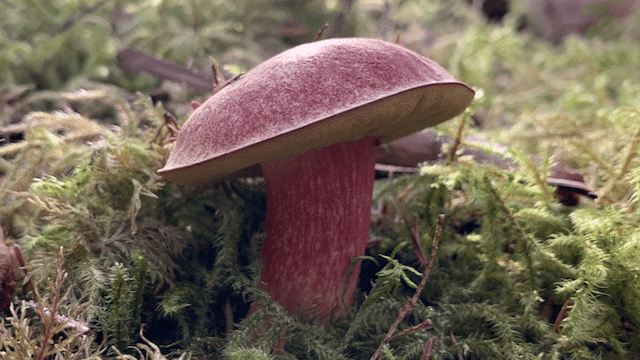
Xerocomellus
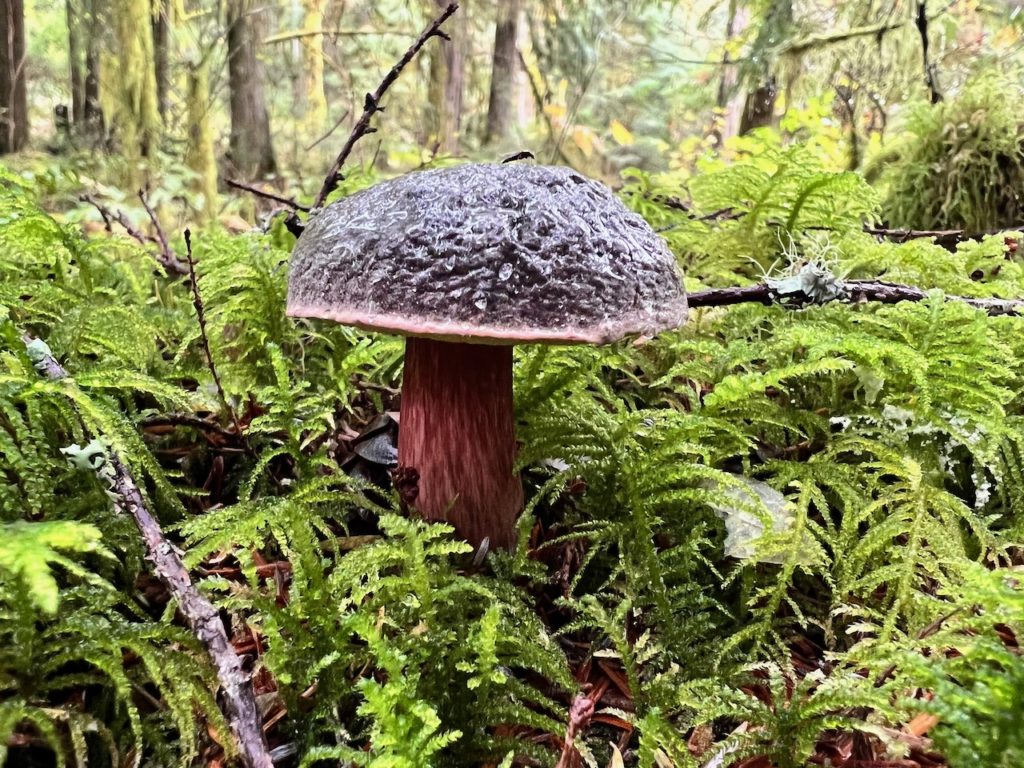
Caloboletus
Bitter Boletes
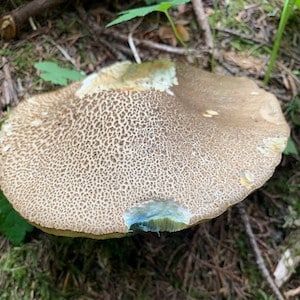
Leccinum
Scaber-stalked Boletes

Suillus
Slippery Jacks
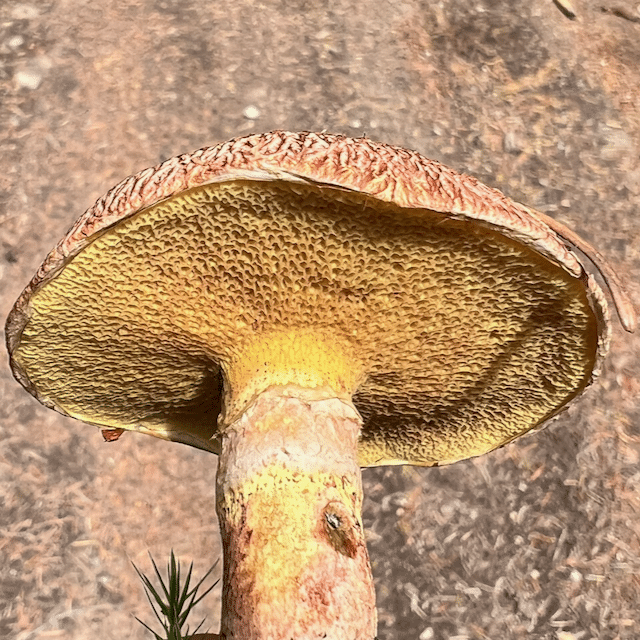
Rubroboletus Pulcherrimus
Red-Pored Bolete
READ MORE

Porphyrellus porphyrosporus
Dusky Bolete
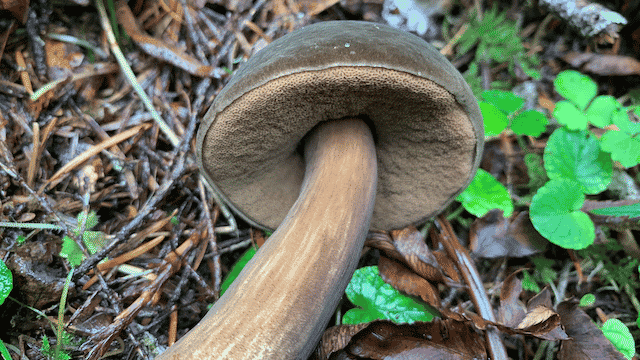
Chalciporus piperatus
Peppery Bolete
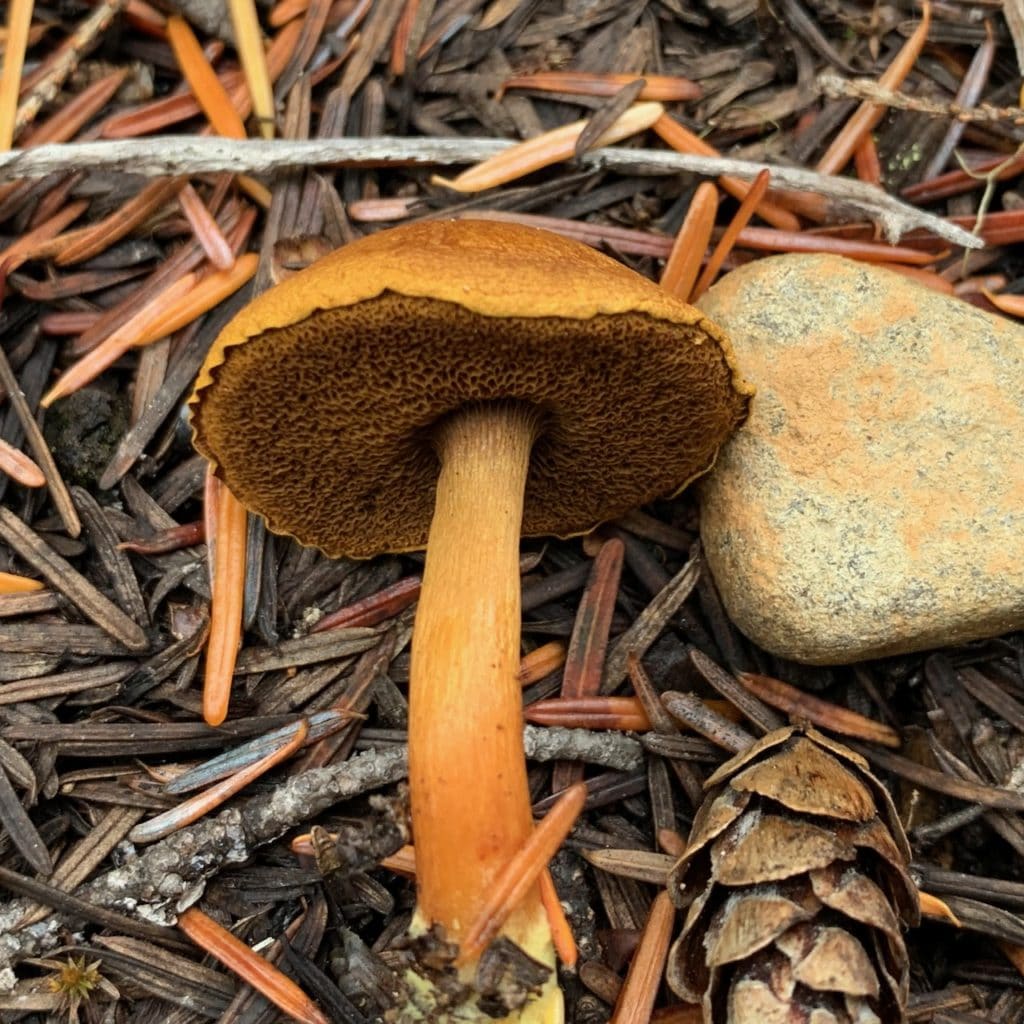
Gastroboletus ruber
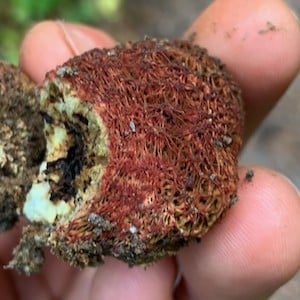
Phylloporus arenicola
Western Gilled Bolete
Typically the term bolete refers to mushrooms with spongy pores on the underside. This close relative to these spongy-tubed boletes evolved gills instead. Genetically this mushroom is a bolete but for most purposes would be grouped with the gilled mushrooms.
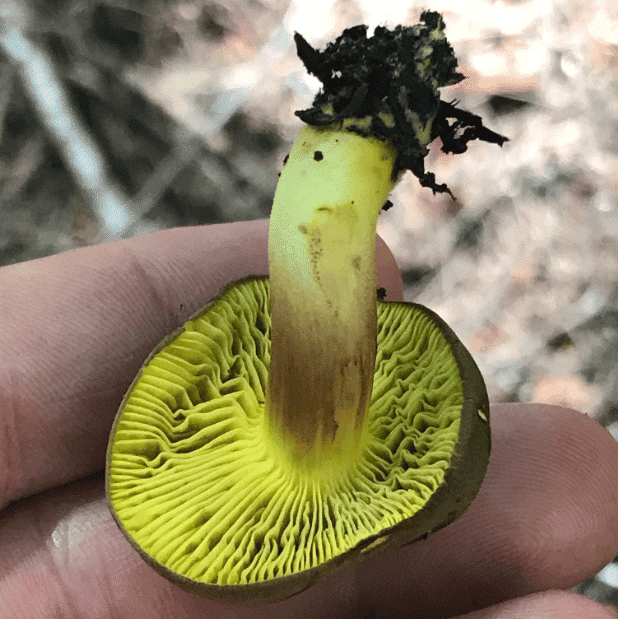
FAQ
Are all boletes edible?
No, but there are a lot of edible species. The red-pored bolete Rubroboletus pulcherrimus is the only species known to have killed someone in Washington state.
Why do some boletes bruise blue?
Some mushrooms in the Psilocybe genus bruise blue due to a compound called psilocybin. Boletes do not contain psilocybin and their blue bruising is related to other compounds that oxidize when the tissue is damaged. Blue bruising does not tell us anything about toxicity either. It is just a characteristic that some mushrooms have, and others do not which can be useful for identification.
